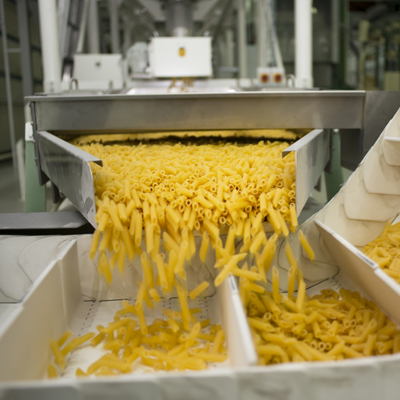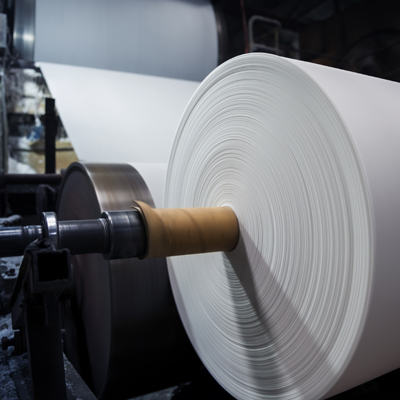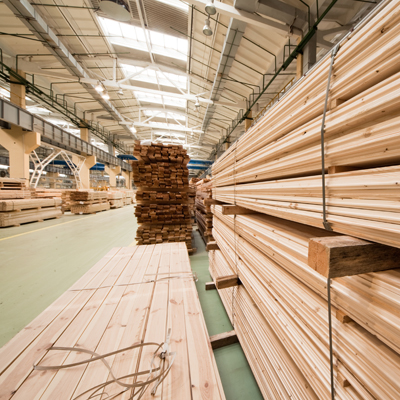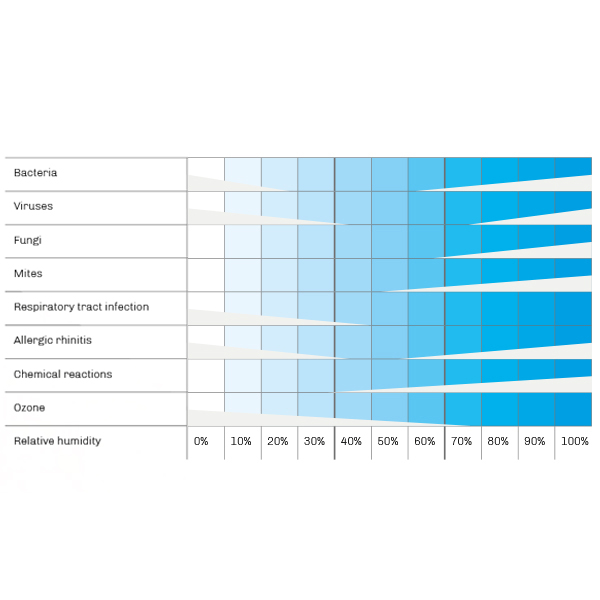Scientific studies show that maintaining the correct level of humidity in a room contributes to our personal wellbeing, reducing tiredness, irritation of the skin, mucous membranes and the respiratory tract and helping prevent the proliferation of bacteria, viruses and other biological contaminants.
Controlling the amount of moisture in the air is vital in hospitals, where optimal temperature and humidity conditions help improve worker efficiency and patient wellbeing, as well as ensuring electrical medical devices and machinery work properly.
Optimal humidity for comfort and health
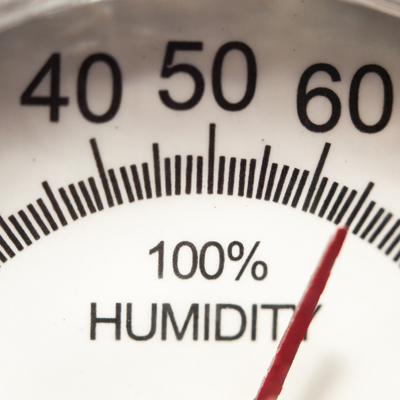
Optimal humidity for producing and preserving
In any industrial environment, maintaining the right temperature and humidity levels is vital in order to optimise processes and obtain quality products. As a general rule, correctly controlled humidity reduces the build-up of static electricity, lowers the temperature of machinery and creates less dust.
In the textile industry, the right degree of humidity helps fabrics maintain their elasticity and reduces the risk of tearing and breakage; in the printing sector it prevents dimensional changes in paper; in the food industry it is essential for greenhouse cultivation, production and transformation processes (proofing, aging, fermentation, curing, etc.), as well as storing, preserving and displaying food because it keeps it fresh and healthy and slows down weight loss.
Places like data centres also need to control the humidity in their environments to prevent electrostatic discharge and other unpleasant electrical issues, just as works of art, musical instruments and wooden furniture can deteriorate when the air is too dry.
T/RH in the industrial sector
In certain production sectors, it is important to work within optimal temperature and humidity ranges. The maximum and minimum levels below are given purely as an indication, as each sector has different types of processes which require different temperature and hygrometric parameters.
